6 hot new restaurants to check out in Bangkok this March
Michelin-star sushi from New York, bold Thai flavors, Australia's original freakshakes and more places you need to try this month.
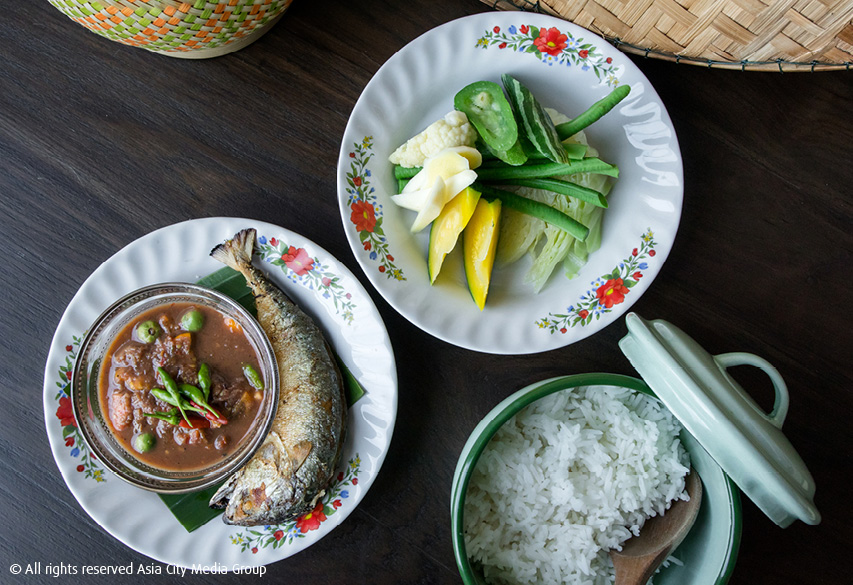
Opened on Phra Athit Road as a cooking school and chef’s table restaurant over a year ago, Bangkok Bold has forged a name for solid Thai offerings thanks to its team of prominent chefs Supanut “Ann” Kanarak, Chortip “Nhoi” Ouypornchaisakul and Piya "Tapooh" Chayapum. Now though, you don’t have to gather as a party of at least four people to enjoy the food as they’ve branched out to a casual restaurant with an a la carte menu. Try their stir-fried Thai mackerel with chili pepper, climbing wattle and pork cracklings (B170) or rice noodles with crab curry (B250) in a setting that's packed with Thai woven touches.
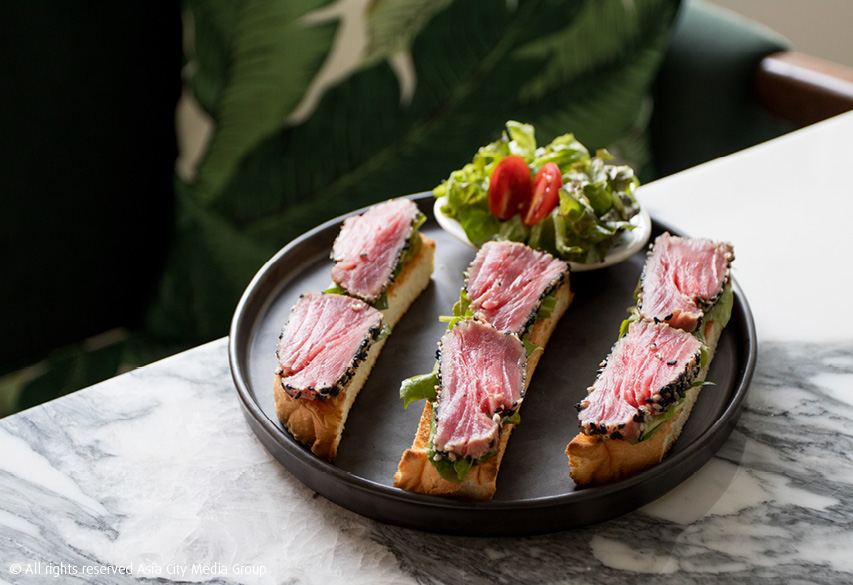
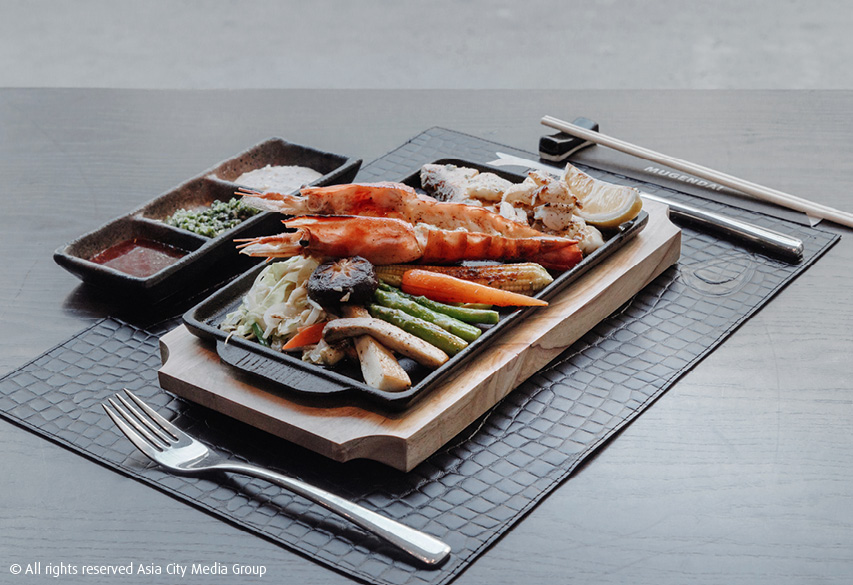
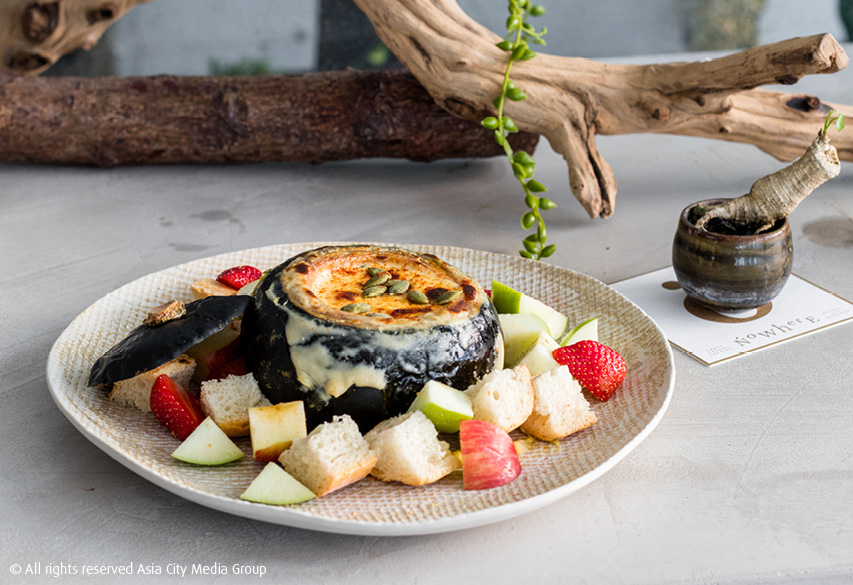
Ekkamai’s new rooftop restaurant, Nowhere, might only be six floors up, but there's nothing obstructing its cool, 180-degree views of the neighborhood. The entry at the back of Tha Hotel is pretty hard to spot, but it's worth the finding. Once up there, you'll be greeted by bare concrete steps in the center of a minimal glass cube courtesy of interior design firm Stu/d/o. Grab a table in- or outdoors to enjoy sunset with chef Chayanin Rungthong’s (previously of Harvest) continent-spanning creations, from moo-ping pate (B260) with English muffins to "pumpkin fondue" (B420), in which a mix of melted cheese and pumpkin comes served in the hollowed-out vegetable. Mocktails start at B135 while signature cocktails like Julep from Nowhere (a twist on the mint julep with chorizo oil-infused bourbon) are B300-350.

The original creator of the trending "freakshakes," Patissez, from Canberra, Australia, brings its overloaded drinks to Bangkok, alongside more Aussie-style cafe food. The photogenic shakes (all B230) come in five different varieties: nutella pretzel, mint chocolate, banana caramel, Thai tea white chocolate (exclusive to Bangkok), and watermelon and berries. On top of that, you can get all-day brunchy dishes like smashed avocado on toast (B380) and the Freak Burger (double-patty Aussie beef burger packed with cheese, bacon, lettuce, tomato, onion, house barbecue sauce, bacon jam on a brioche bun, B490).
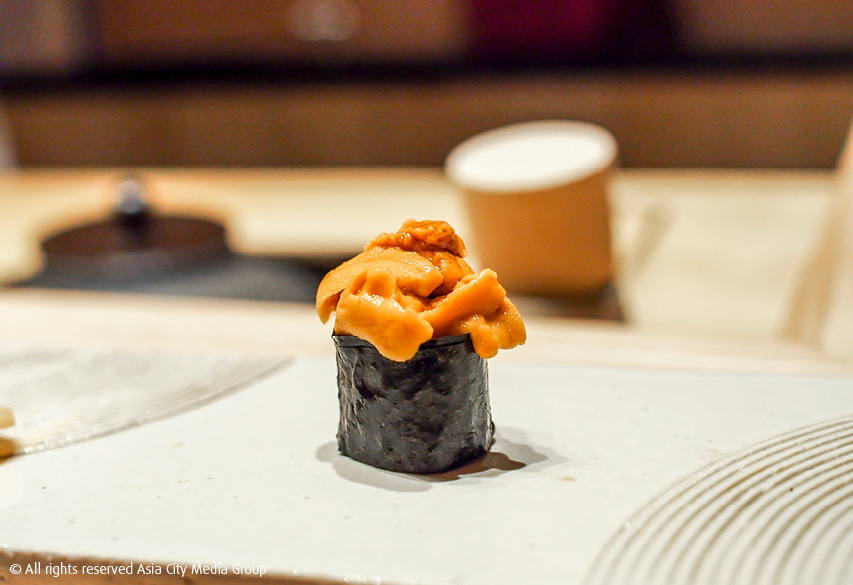
Japanese chef Keizo Seiki began Sushi Zo in Los Angeles in 2006, and it was awarded a Michelin star in 2009. After establishing a second branch in LA, he expanded to New York City with an omakase-only restaurant in 2015 that Michelin later awarded one star in its 2017 guide. This is the fourth branch so far, and the only one outside the USA. In Bangkok, the kitchen is helmed by Hokkaido-born executive chef Toshi Onishi, who used to lead the brand’s downtown LA branch. A meal (B7,000-8,000) spans about 20 courses, comprising appetizers, sushi and desserts. The style is lively and fun, with the use of many sauces, condiments and techniques you don’t normally find in a traditional sushi-ya. Their nigiri sushi is noticeably smaller and less densely put together than the kind we’re familiar with, and ventures into different, more adventurous flavors like the olive oil-marinated shima aji (striped horsemackerel) sushi topped with Sichuan pepper, and tai (red seabream) sushi that the chef smokes for a couple of minutes before serving. They do two seatings a day and reservations are required two days in advance.
Advertisement